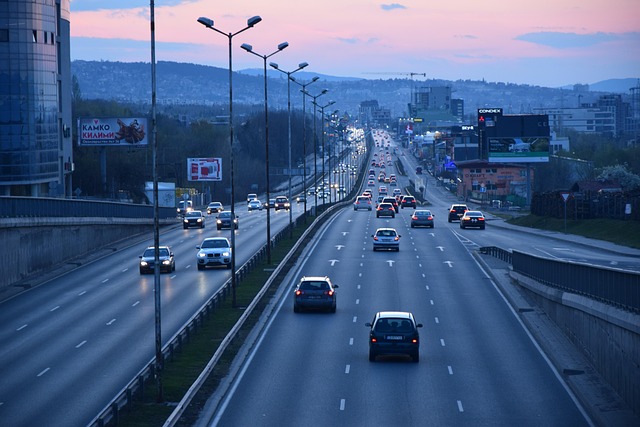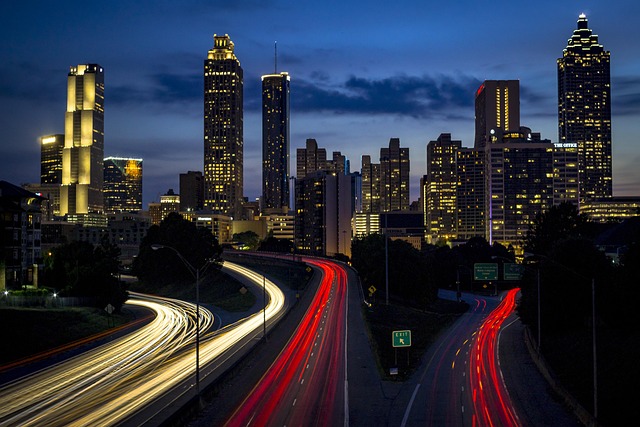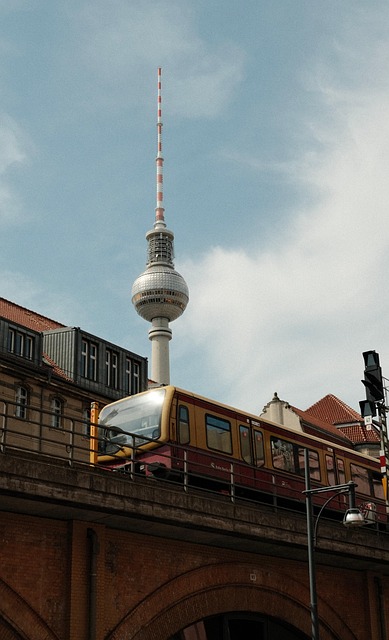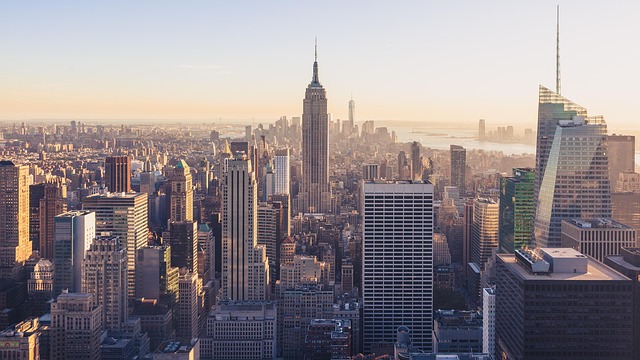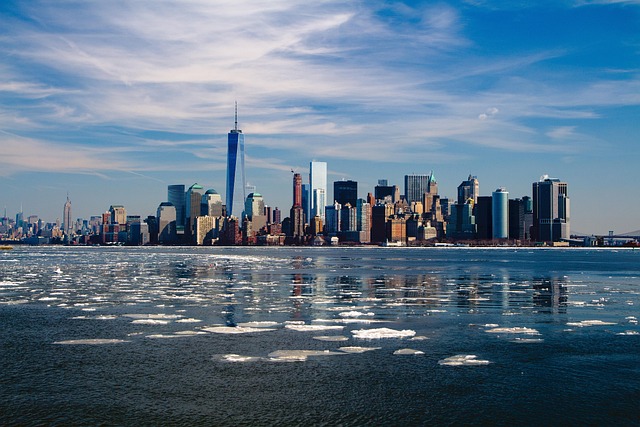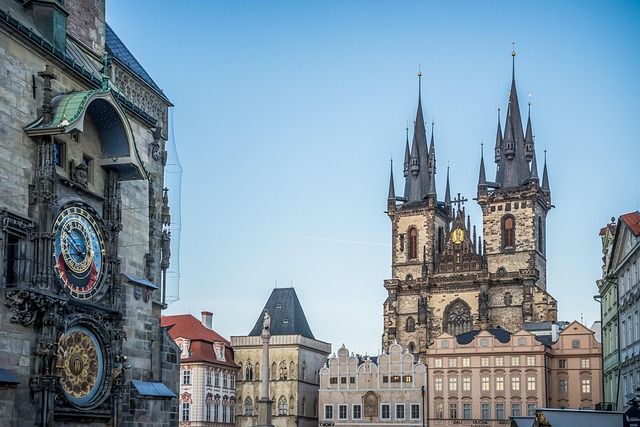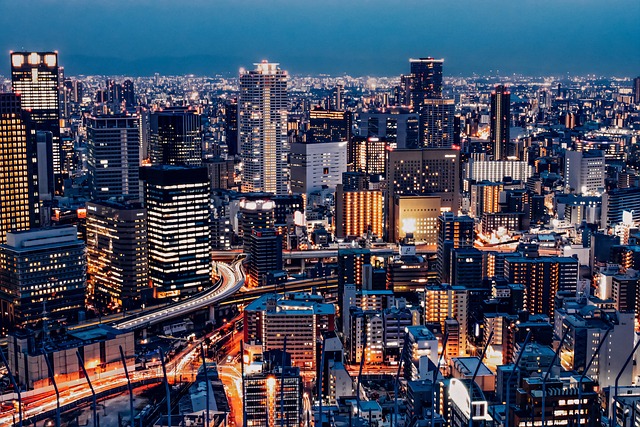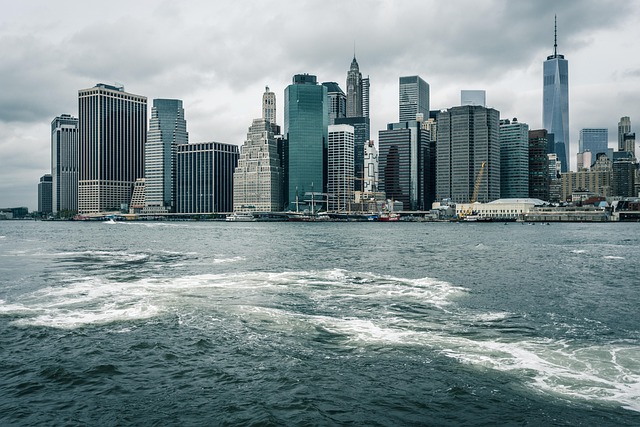Karachi Motorway
Karachi Motorway: Unveiling a Vital Infrastructure Network
Introduction
Welcome to an in-depth exploration of the dynamic and ever-evolving concept of the Karachi Motorway—a cornerstone of Pakistan’s transportation infrastructure. This article aims to guide readers through the intricate world of this motorway system, shedding light on its historical development, global significance, economic impact, technological innovations, regulatory framework, challenges, and future potential. By delving into these aspects, we uncover the multifaceted role played by Karachi Motorway in shaping urban mobility, economic growth, and regional connectivity.
Understanding Karachi Motorway: A Definition and Historical Context
Definition: Karachi Motorway, often referred to as the “Motorway Network of Karachi,” is a comprehensive system of controlled-access highways designed to facilitate efficient road transport within and around the bustling metropolis of Karachi, Pakistan’s economic hub. This network consists of multiple motorways, including the M9, M10, M15, and their interconnected routes, forming a complex web that caters to the city’s diverse transportation needs.
Historical Overview: The inception of Karachi Motorway dates back to the late 20th century as Pakistan sought to address the growing urban congestion and enhance connectivity in its largest city. The initial phases focused on constructing key arteries to alleviate traffic bottlenecks, with the M9 (Karachi-Hyderabad Expressway) being one of the first major motorways. Over time, the network expanded, incorporating new routes and improving existing ones to meet the ever-increasing demand for seamless urban mobility.
Significance: Karachi Motorway is not merely a collection of roads; it is a vital infrastructure asset that underpins the economic vitality of Karachi and Pakistan as a whole. By providing high-speed, efficient transport links, it facilitates the movement of goods and people, stimulates economic activity, and promotes regional integration. The motorway network has become an indispensable component of Karachi’s urban fabric, shaping its growth patterns and influencing development strategies.
Global Impact and Trends: A Network with Worldwide Relevance
Karachi Motorway has garnered international recognition for several reasons, including its innovative design, engineering excellence, and the positive impact it has had on urban mobility worldwide.
-
Global Best Practices: The network embodies best practices in highway design, incorporating features such as multiple lanes, high speed limits, and advanced traffic management systems. These elements have been adopted globally, contributing to improved road safety and efficiency standards.
-
Regional Connectivity: Karachi Motorway plays a pivotal role in connecting major cities within Pakistan and facilitating regional trade. Its efficient routes have revolutionized travel between Karachi and neighboring urban centers, fostering economic cooperation and cultural exchange across the region.
-
Urban Planning: Urban planners worldwide study Karachi Motorway as a case of successful urban infrastructure development. The network’s integration with the city’s layout has led to more streamlined traffic flow, reduced congestion, and improved overall urban livability.
-
Technology Integration: Technological advancements along Karachi Motorway include smart traffic signals, electronic toll collection systems, and real-time traffic monitoring. These innovations have set a global benchmark for highway technology, inspiring similar implementations in other countries.
Economic Considerations: Driving Market Dynamics and Growth
The economic impact of Karachi Motorway is profound and multifaceted, influencing various sectors and market dynamics.
| Sector | Impact |
|---|---|
| Transportation & Logistics: | The motorway network has significantly reduced travel times and transportation costs, making Karachi a more attractive destination for businesses. Efficient freight movement has boosted the logistics industry, creating new job opportunities and stimulating economic growth. |
| Real Estate: | Karachi Motorway has influenced urban development patterns, with prime real estate emerging along its corridors. Commercial hubs, industrial zones, and residential areas have flourished, driving property prices and attracting investments. |
| Retail & Services: | Improved connectivity has facilitated the expansion of retail chains and service providers, particularly in suburban areas previously cut off from major markets. This has led to increased consumer choices and a vibrant local economy. |
| Tourism: | The network’s role in facilitating travel has contributed to Karachi’s growing tourism sector. Easier access to historical sites, beaches, and cultural attractions has attracted domestic and international tourists, boosting the city’s economic diversification. |
Technological Advancements: Shaping the Future of Urban Mobility
Karachi Motorway has been at the forefront of embracing technological innovations in urban infrastructure, ensuring its network remains efficient, safe, and future-ready.
-
Smart Traffic Management: Advanced traffic management systems, including variable message signs, adaptive signal control, and real-time data analytics, optimize traffic flow. These technologies reduce congestion, minimize travel times, and enhance overall road safety.
-
Electronic Toll Collection (ETC): Karachi Motorway pioneered the use of ETC systems, enabling faster, cashless transactions at toll plazas. This technology has improved traffic efficiency, reduced queuing, and enhanced revenue collection accuracy.
-
Autonomous Vehicles: While still in the early stages, Pakistan is exploring the potential of autonomous vehicles on Karachi Motorway. Pilot projects are testing self-driving buses and trucks, aiming to enhance safety, reduce fuel consumption, and improve overall transportation efficiency.
-
Digital Mapping & Navigation: High-resolution digital mapping along with GPS-enabled navigation systems provide accurate real-time information to motorists. These tools assist in route planning, avoid congestion, and contribute to a smoother travel experience.
Policy and Regulation: Navigating the Regulatory Landscape
The development and operation of Karachi Motorway are governed by a comprehensive set of policies and regulations designed to ensure safety, efficiency, and sustainability.
-
National Highway Authority (NHA): The NHA is the primary regulatory body responsible for planning, designing, constructing, and maintaining national highways, including Karachi Motorway. It sets standards, formulates policies, and oversees the network’s development.
-
Toll Collection Regulations: Toll rates on Karachi Motorway are subject to regulatory scrutiny, ensuring affordability and fair pricing. The NHA fixes toll charges based on economic principles, taking into account construction costs, maintenance, and desired revenue outcomes.
-
Environmental Considerations: Environmental impact assessments are mandatory for all motorway projects, addressing concerns related to air quality, noise pollution, and habitat disruption. These assessments ensure that development aligns with sustainable practices.
-
Safety Standards: Stringent safety regulations govern the operation of motorways, including vehicle standards, driver licensing, and traffic enforcement. Regular inspections and maintenance ensure the network’s safety and reliability.
Challenges and Criticisms: Overcoming Barriers to Efficient Mobility
Despite its many achievements, Karachi Motorway faces several challenges that require strategic solutions.
-
Congestion at Entry/Exit Points: The network experiences heavy congestion at key entry and exit points, particularly during peak hours. This issue demands innovative traffic management strategies, such as dynamic pricing for tolls or the implementation of smart traffic signals to optimize flow.
-
Inadequate Public Transport Integration: While Karachi Motorway facilitates private vehicle travel, public transport integration could be improved. Enhancing bus rapid transit (BRT) systems and providing better connectivity between motorways and public transport hubs would encourage multi-modal transportation.
-
Maintenance and Infrastructure Upgrades: Regular maintenance and infrastructure upgrades are essential to preserve the network’s quality. Funding for these activities must be prioritized, with long-term financing mechanisms ensuring continuous improvement.
-
Criticisms of Toll Collection: Some critics argue that toll collection on Karachi Motorway is excessive, deterring certain segments of the population from using the network. Transparent pricing policies and targeted subsidies could address these concerns while maintaining the financial viability of motorway projects.
Case Studies: Real-World Success Stories
Case Study 1: M9 (Karachi-Hyderabad Expressway)
The M9, one of the earliest motorways in Karachi’s network, has become a model for efficient urban connectivity. This 84-kilometer highway reduces travel time between Karachi and Hyderabad, fostering economic ties between the two cities. The success of the M9 lies in its well-designed layout, state-of-the-art toll collection system, and effective traffic management strategies, making it a popular choice for commuters and commercial transporters alike.
Case Study 2: M10 (Karachi Ring Road)
The M10, Karachi’s circular highway, exemplifies the network’s ability to alleviate urban congestion. By providing an alternative route around the city, the M10 has significantly reduced traffic pressure on central areas. This case study demonstrates how strategic motorway design can transform urban mobility, enhancing overall quality of life for residents.
Future Prospects: Navigating Emerging Trends and Strategic Considerations
Looking ahead, Karachi Motorway’s future is filled with opportunities and challenges, shaped by emerging trends and evolving urban dynamics.
-
Sustainable Mobility: There is a growing emphasis on sustainable transportation solutions. The network can embrace electric vehicle (EV) charging stations, promote shared mobility options, and integrate cycling infrastructure to reduce carbon emissions and encourage eco-friendly travel choices.
-
Digitalization: Digital technologies will play an even more significant role in motorway operations. Advanced data analytics, artificial intelligence, and machine learning applications can optimize traffic flow, enhance safety, and improve overall network management.
-
Public-Private Partnerships (PPPs): PPPs offer a sustainable model for infrastructure development and maintenance. Collaborating with private sector entities can bring in expertise, funding, and innovative solutions to address challenges related to motorway expansion and upgrades.
-
Regional Integration: Karachi Motorway has the potential to become a vital link in a regional transportation network, connecting Pakistan with neighboring countries. Enhanced cooperation on cross-border highway projects could facilitate trade, tourism, and cultural exchanges.
Conclusion: Embracing the Evolution of Urban Mobility
In conclusion, Karachi Motorway stands as a testament to Pakistan’s commitment to modernizing its transportation infrastructure and fostering urban development. Its evolution has been marked by technological advancements, strategic policy decisions, and a deep understanding of urban mobility challenges. As the network continues to expand and adapt to changing demands, it will remain a cornerstone of Karachi’s growth and prosperity.
FAQ Section: Answering Common Queries
Q: How does Karachi Motorway benefit the local economy?
A: Karachi Motorway significantly boosts the local economy by facilitating efficient freight movement, reducing travel times, and encouraging economic activities along its corridors. It attracts investments, stimulates property development, and creates numerous job opportunities.
Q: What are the environmental impacts of the motorway network?
A: The network’s construction must adhere to strict environmental guidelines to minimize habitat disruption and pollution. Regular maintenance practices aim to balance development with sustainability, ensuring the network’s ecological footprint remains manageable.
Q: Are there plans for additional motorways in Karachi?
A: Yes, the NHA has ambitious plans for further expanding the motorway network. These include new routes to address congestion hotspots and enhance regional connectivity. However, these projects require careful planning, environmental impact assessments, and public consultation.
Q: How does technology improve safety on Karachi Motorway?
A: Advanced traffic management systems, including real-time data analytics, help prevent accidents by optimizing traffic flow. Electronic toll collection systems reduce congestion at toll plazas, while smart sensors and cameras enhance overall network surveillance and safety.

